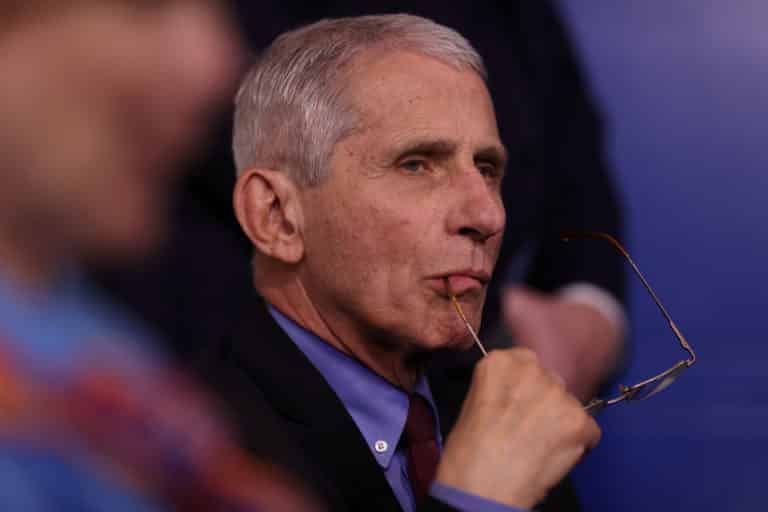Dr. Anthony Fauci is weighing in on criticism of the Trump administration regarding COVID-19 testing for Americans.
President Donald Trump has touted testing in the U.S., recently saying at a press briefing on July 23, “We’re very strong on supplies. Remember I used to say the cupboards were bare? Well, now the cupboards are the opposite.”
The president later added, “The United States has now conducted more than 51 million tests, which is more than any other country in the world, by far.”
However, there have been reports on states struggling with testing for COVID-19. Fauci told ABC News regarding testing, “We keep hearing when we go to these task force meetings that these [issues] are being corrected. But yet when you go into the trenches, you still hear about that.”
The nation’s top disease expert said that he does not have a “good answer” on testing shortages and “cannot explain” the inconsistency. He did note that “many of the things that we needed were not produced in the United States.”
According to the U.S. Centers for Disease Control and Prevention (CDC), there have been over 52.9 million tests conducted and reported for COVID-19 in the U.S. with over 5 million positive tests reported, as of Sunday.
The U.S. has done the most testing per capita, however, part of the testing problem “is a reliance by public and private labs on automated testing equipment that locks them in to using proprietary chemical kits and other tools made by a handful of manufacturers,” as IJR reported.

During Fauci’s interview, he also spoke about China, noting the country did not release the “scientific makeup of the virus,” as ABC News reports, until January.
He said that the Trump administration’s initial response to the coronavirus outbreak was at a disadvantage because of China.
“We were still hearing from the Chinese that it wasn’t efficiently spread from human to human,” he said. “And then as the weeks went by, it became very clear that that was the case, and that there really would be trouble.”
He even said U.S. officials “were not allowed to go there in real-time and see what was going on,” adding it was “very disconcerting to us.”
On January 21, the first COVID-19 case was reported in the U.S. when a man in Washington state who had traveled to China was diagnosed. He was later discharged from the hospital on February 3. China notified the World Health Organization (WHO) of an outbreak on January 3. The disease was labeled the “coronavirus disease 2019” by WHO on February 11. WHO declared the coronavirus outbreak a pandemic on March 11.

























 Continue with Google
Continue with Google